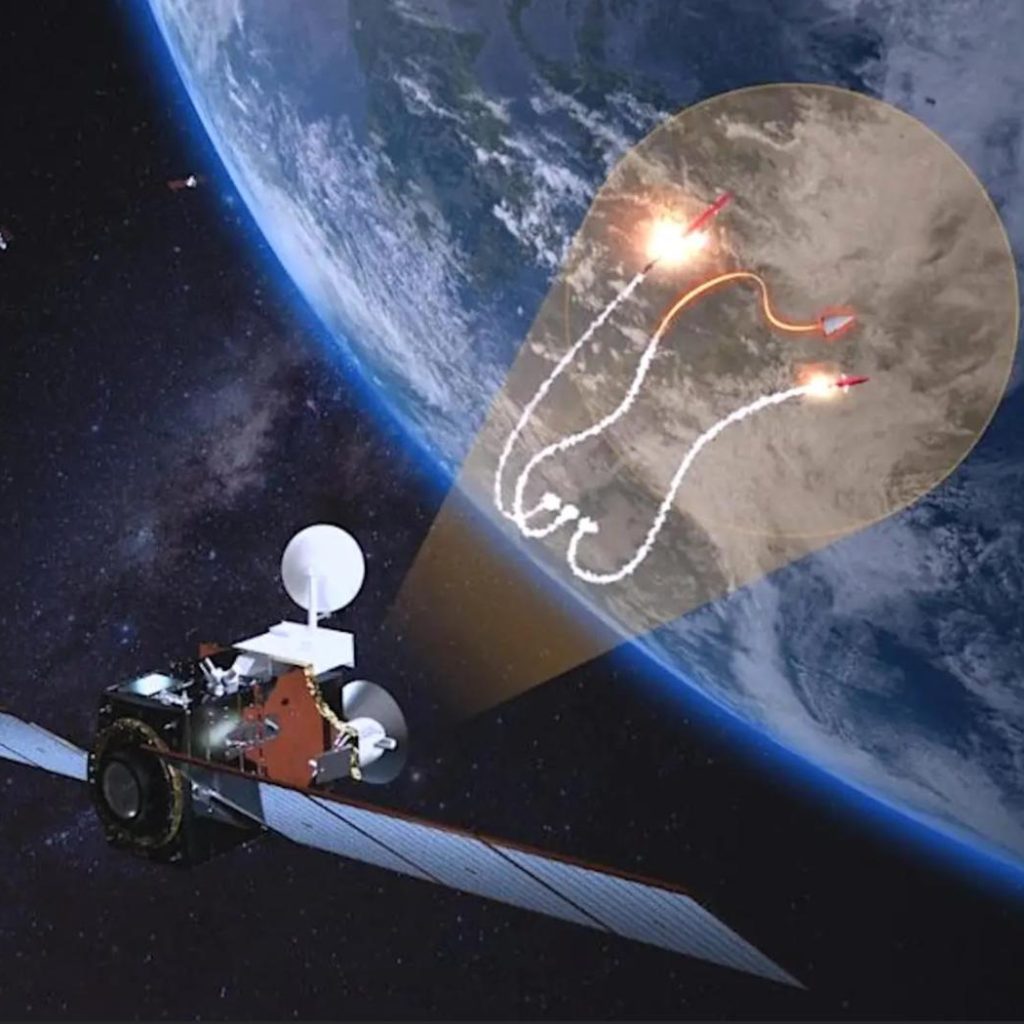California-based EpiSci has been selected by the Space Development Agency (SDA) to develop a tool capable of detecting hypersonic missiles in flight from satellite data, a challenging endeavor due to the extreme speeds of these weapons.
Hypersonic missiles, traveling at speeds of at least Mach 5, pose a significant challenge for current defense systems. The SDA, a branch of the U.S. Space Force, aims to build a network of satellites in low Earth orbit to provide global indications, warning, tracking, and targeting of advanced missile threats.
Under a $1.6 million two-year Small Business Innovation Research Phase 2 contract announced on February 6, EpiSci will test its AI-powered software against data collected by low Earth orbit sensors to identify and track hypersonic threats.
Samuel Hess, technical director at EpiSci, acknowledged the hurdles involved in the project. He emphasized the necessity for collaboration between multiple satellites and precise tracking algorithms to maintain “custody” of fast-moving targets across vast distances.
“As the hypersonic target maneuvers in flight, it's moving through different camera images, so how do you communicate that across the whole realm of satellites?” Hess explained. “That's something that we need to work out.”
EpiSci specializes in AI for autonomous drones and enhancing combat pilots' performance. The company will leverage its expertise in collaboration with Raytheon Technologies, a defense contractor and investor in EpiSci, to demonstrate hypersonic missile detection for the SDA.
“To demonstrate hypersonic missile detection for SDA, the company will use Raytheon's missile defense simulators,” Hess said. “They can actually simulate multiple satellites and provide us video feeds from what that would look like.”
The challenge for EpiSci lies in developing the right software algorithms to detect small targets over a large swath and maintain custody of targets amidst other flying objects, such as commercial aircraft.
